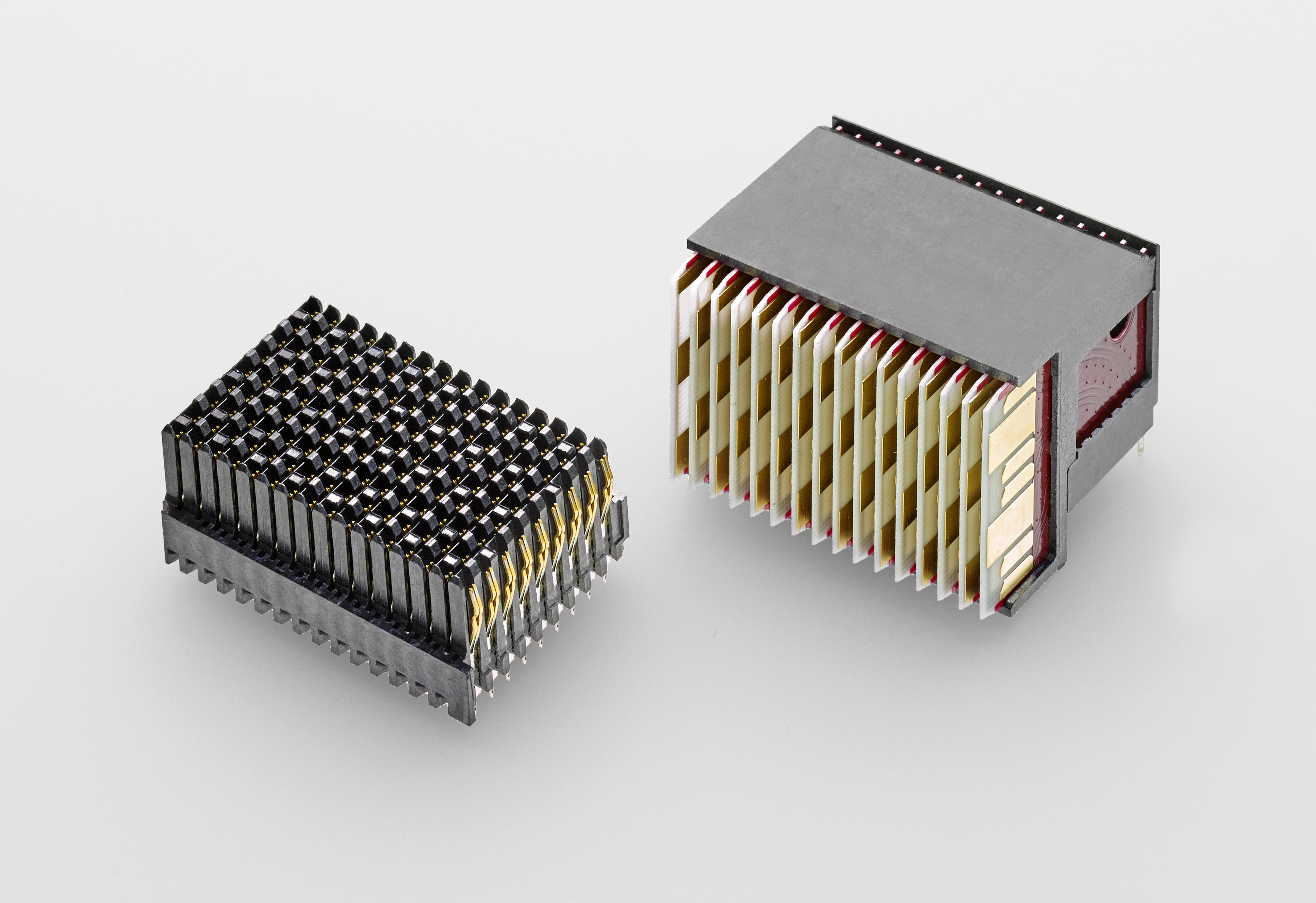By Carolyn Mathas, contributing writer
TE Connectivity (TE) announced the MULTIGIG RT 3 , its fastest rugged backplane connector to date. At speeds of 25+ Gbits/s, the company claims that it is among the fastest rugged backplane connectors for embedded computing or VPX systems currently on the market. MULTIGIG RT 3 connectors employ quad-redundant contacts to meet rigorous VITA standards for reliable performance under intense vibrations. TE also launched the 16+-Gbits/s MULTIGIG RT 2-S.
Not only are the connectors fast and rugged, TE states that it is the industry’s lightest design for comparable backplane connectors. The connectors are specifically designed for military electronics; Command, Control, Communications, Computers, Intelligence, Surveillance, and Reconnaissance (C4ISR); electronic warfare systems; avionics; ground defense; missile defense; and systems designed for outer space, where fast, rugged, and lightweight are critical features.

Each MULTIGIG RT 3 connector is made of durable, lightweight thermoplastic and copper alloys.
MULTIGIG RT 3 connectors integrate easily with other VPX products and conform to VITA 46 industry standards , so they are backward-compatible with the vast number of legacy OpenVPX systems. A modular format ensures a multitude of configurations and enables interchanging higher-speed RT 3 connectors with the legacy MULTIGIG RT 2 and RT 2-R connectors.
VPX (aka VITA 46) is the next generation of ruggedized compact embedded systems, expanding on the limited bandwidth of previous-generation VME systems. By replacing the parallel bus with high-speed serial busses, it offers higher data rates using only a fraction of the routing resources. The VITA 46.0-2007 standard specifies the base mechanical and electrical specifications for VPX.
Advertisement
Learn more about TE Connectivity





